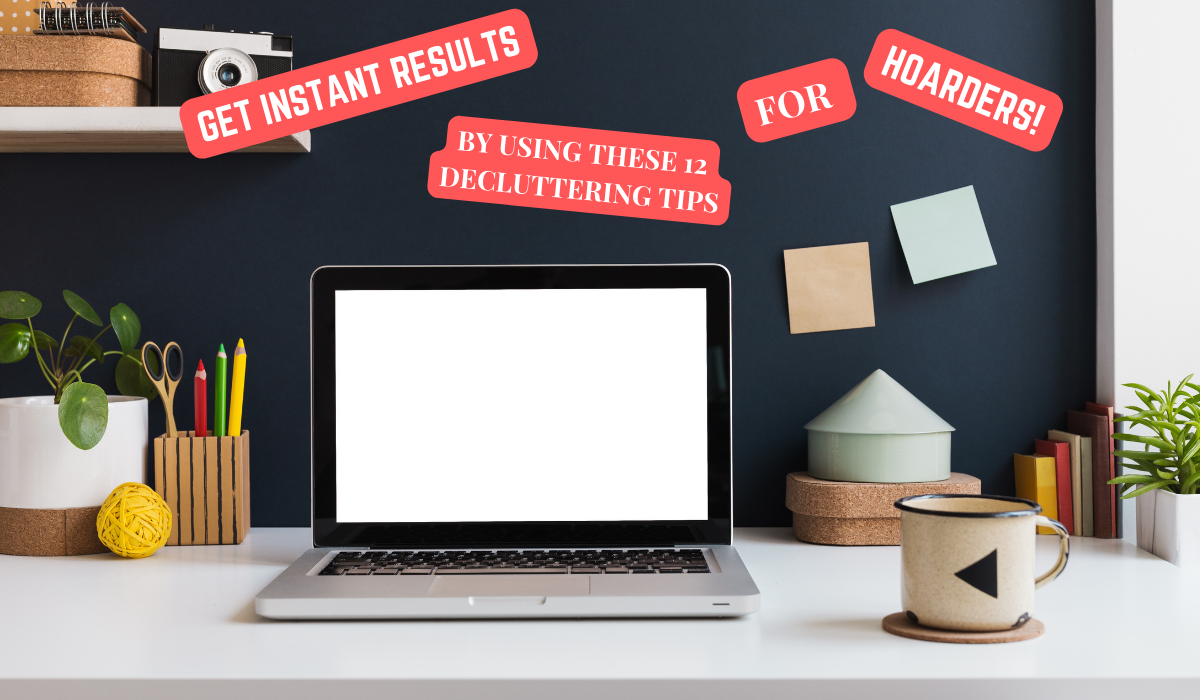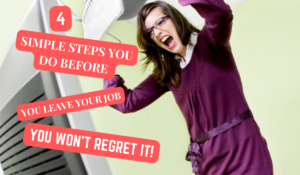12 EASY DECLUTTERING TIPS FOR HOARDERS.
INTRODUCTION
Hi everyone, I don’t know about you, but there have been different times when I’ve looked around my home and felt overwhelmed by the sheer clutter. Perhaps work kept me so busy that my house took a back seat in my list of priorities. This neglect has somehow turned into a level of Hoarding. You look around and realise that something needs to be done to get your home organised again. So, how do I begin?
First, it’s essential to understand hoarding. Hoarding is a condition characterised by the excessive accumulation of items and the difficulty of discarding them, leading to cluttered and often unusable living spaces. I’ve outlined five different levels of hoarding, ranging from mild to severe.
Most people will fall into the first two levels. However, seeking additional support and professional help is advisable to navigate the decluttering process effectively if you identify with the higher levels.
Regardless of your level, once you take the first step toward a clutter-free home, you’ll feel instant relief and a sense of achievement. This blog covers twelve decluttering tips for hoarders.
Implementing these strategies will transform your living space into an organised, serene oasis. This will alleviate your anxiety and create a more peaceful and enjoyable environment for you and your loved ones. With a decluttered home, you’ll find it easier to relax, focus, and appreciate the beauty of your surroundings.
LEVELS OF HOARDING
Level 1: Mild Hoarding
No noticeable odours
All doors and stairs are reachable.
There is some mess, but all rooms are accessible.
Level 2: Moderate Hoarding
One or more exits are blocked.
Occasional use of one or a few rooms
Light to moderate odours
Insect or rodent infestations
Level 3: Significant Hoarding
One room is unusable at all.
Difficulty entering necessary locations, like the kitchen or bathroom.
Strong odours
Structural damage to the home
Level 4: Severe Hoarding
Multiple rooms are unusable.
Major structural damage
Widespread pest infestation
Dangerous Collections of Items
Level 5: Extreme Hoarding
All or most of the rooms are unusable.
Severe structural damage
Extensive pest infestations.
12 DECLUTTERING TIPS FOR HOARDERS.
1.
Take it slow with a small, achievable area like one drawer or shelf. Finishing something small often motivates you to tackle a bigger space.
2.
Maintain Clarity in Mind and Be Focused on Clear Objectives. Always make it clear within your head what the goal of initiating this decluttering session will be, and those objectives must be easily achievable. Setting goals helps you stay on task, whether clearing out a particular room or reducing the items.
3.
Use the Four-Box Method. Label four boxes as “Keep,” “Donate,” “Sell”, and Trash. As you go, put the items into their corresponding box to make your decision-making easier later.
4.
Follow the One-Year Rule. If you haven’t used something within the last year – chances are, you don’t need it.
5.
Know when to get a professional organiser who specialises in hoarding cases. These individuals’ expertise can offer structured guidance and empathy surrounding this ordeal.
6.
Limit Duplicate Items: Keep only one of each item type. Multiple items serving the same purpose can clutter your space unnecessarily.
7.
Design Your Decluttering Plan Schedule. Set aside regular time slots for decluttering sessions.
8.
Go Paperless: Scan all your important documents and save them in digital format. This will reduce the number of pieces of paper around your office and make placing and retrieving them easier.
9
Get Help from a Friend or Family Member—Having someone to help you can be morally supportive, allow you to make decisions, and allow you to have fun.
10
Do One-In, One-Out: For every new item you acquire, make it a responsibility to discard one old one. This ensures balance and prevents new things from becoming clutter in a few months.
11
Detach Emotionally. Consider the things that do not affect your emotions or general mood. This way, you can make a rational and enlightened decision about what to keep.
12
Reward Yourself. Each milestone made is worth a little celebration. Positive reinforcement helps you stay focused and eliminate the unnecessary.
CONCLUSION
Hoarding is a complex disorder that can have crippling effects, interfering with the quality of your life through severe clutter and disorganisation. If we can break this down by learning the five levels of hoarding, individuals can better rate themselves and find methods that work and support them.
These 12 steps to declutter for hoarders will bring a degree of order that will work for you. The four-box method is a straightforward way to do it; the other thing that can help you include your friends or even a professional.
When our house is tidy, there are benefits beyond physical cleanliness. A little order can make a big difference in mental health—decreasing stress and lowering anxiety levels, creating a calm environment that is conducive to relaxation and productivity. Additionally, when you declutter and resourcefully use your home space, it becomes a place for friends to visit.
In doing so, you will have provided yourself with a way to be surrounded by organised, simple, essential items that contribute to peace and order and help improve your overall well-being. Bask in the clutter-free life that will take months to achieve but make significant changes that will last a lifetime.
https://lindamcowan.com/6-treatment-goals-for-anxiety-using-cbt-techniques



This article offers compassionate, practical advice tailored for hoarders, emphasizing small steps, emotional support, and realistic goals. A thoughtful guide for anyone facing the challenge of letting go and reclaiming their space.